The Solicitors Regulation Authority has insisted that more work needs to be done to increase the diversity of the profession despite new figures appearing to show the profession becoming more female and ethnically mixed.
Analysis of 180,000 people working at 9,000 law firms found progress in several key indicators used to measure the range of individuals in the sector.
Diversity data is collected from firms every two years and the latest information dates from August 2017 when staff at each firm were asked to fill in questionnaires.
Women now make up 48% of all solicitors, a figure that has remained steady since 2015, and account for 33% of partners (up from 31% in 2015). However, there is a marked difference between firms of different sizes. In the largest firms, those with at least 50 partners, 29% of partners are female – up from 25% two years previously. In mid-sized firms, 37% of partners are female, up from 31% in 2014.
For the first time, the poll included a question on gender identity: 2% of respondents described themselves as transgender, twice the proportion of the population as a whole. According to the SRA '1% of partners confirmed that their gender identity was different to that assigned to them at birth'.
The figures also show a sharp increase in the proportion of black, Asian and minority ethnic lawyers working in firms, with 21% of respondents identifying themselves as BAME. This has increased by seven percentage points - 50% - in three years. The rise is largely due to an increase in Asian lawyers coming into the profession: this group now makes up 14% of the profession – up from 9% in 2014. However, the proportion of black lawyers has trebled to 3% since 2014.
Firms mainly doing criminal work and private client work have the highest proportion of BAME lawyers, with firms doing mainly corporate work employing the fewest.
Only 3% of people working in law firms reported they are disabled, compared with 10% of the working-age population in employment in England and Wales.
Three per cent of lawyers identified as lesbian, gay or bi-sexual, compared with the Office for National Statistics' estimate of 2% for the population as a whole. However 14% of respondents either preferred not to say or provided an invalid answer to this question, 'which may indicate underreporting', the SRA said.
One notable change appears to be the social background of partners from the largest firms. The proportion of those who went to fee-paying schools has fallen from 43% to 36% since 2014. Firms which do mainly corporate law have 44% of solicitors who are privately educated.
SRA chief executive Paul Philip said the results reflect a profession that is increasingly reflective of wider society, but one where challenges remain. ‘I know we will all welcome the progress that is clearly being made in many areas. But there is much more to do to achieve a truly diverse profession that reflects the community it serves, encourages people to access the legal services they need and offers opportunities for the brightest and best from every background.’


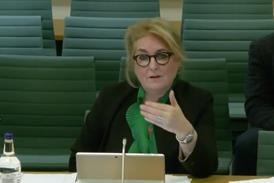


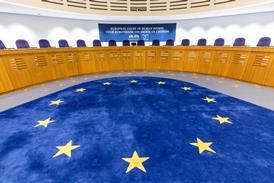







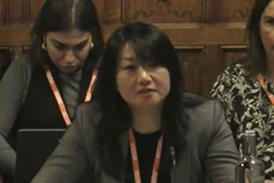

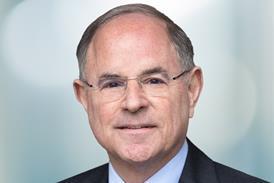


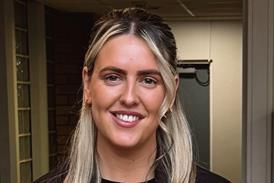






15 Readers' comments